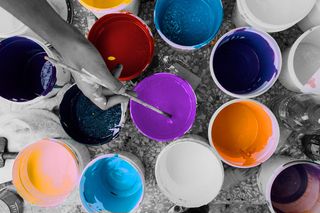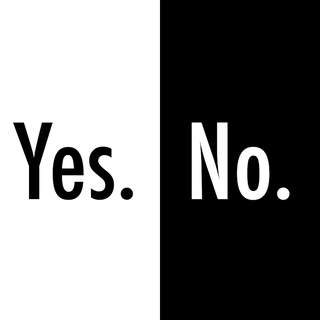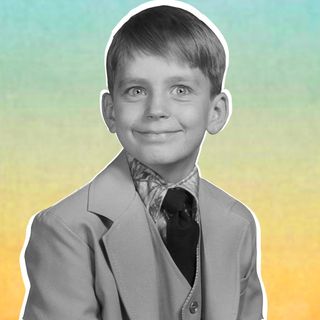
Art Therapy Is About Finding Value in the Process, Not the Result
Self-expression is as important as mastery.

For centuries, engagement with the Arts have been inherited or mastered. One was either born to the trade of art or mastered it through years of dedication. While masters and their students are revered, children born without an obvious artistic talent receive little encouragement. This has coalesced into societal beliefs about who artistic participation is for: Drawing is for artists, moving is for dancers or athletes, writing is for writers. The rest of us are mere appreciators.
“The Arts” is an umbrella term under which falls many different forms and categories. The two most predominant are performing (e.g., dance, drama, music) and visual (e.g., painting, drawing, pottery).
While reserving artistic pursuits only for the gifted might make sense professionally and financially, there is a negative side effect: We often use these social exclusions about the Arts to give credence to our fears about expressing ourselves. We use this “what will people think?” exclusivity as an excuse to legitimize our choice not to express ourselves, and discourage creative self-expression in others as well.
Take, for instance, the idea that movement is for dancers. Why should movement only be for dancers? We all have an innate sense of rhythm that plays out in many physical functions, from breathing to walking. Our movements reveal much more than can be seen on the surface; a tiny gesture can convey our hidden emotions, passions, attitudes, hopes, experiences and history. For example, tapping feet could indicate impatience, or restlessness, or a sensory input.
When we think of movement as only for dancers, we become more likely to miss out on the deeper meaning that movement can express. This is precisely where participation in Arts – regardless of level of talent or proficiency – comes in. The value of artistic pursuits, even for those not artistically gifted, lies not in quality of output, but the process. The process of dancing, of painting, can provide an outlet for expression that keeps people mentally healthy, as well as be used to assist traditional therapy for mental health struggles.
To reap the benefit of the Arts, we must reconsider how we think of them — not only as subjects to be mastered, fit only for the already talented, but also as a form of valuable self-expression for everyone.
Art as a therapeutic medium is very old, dating from our ancestors’ drawings in caves and from their dances for the rains to arrive. As such, recognition of its mental health benefits dates to the very beginning of modern psychotherapy: Carl Jung, one of the preeminent thinkers and practitioners of early psychology, said “every creative experience, be it painting, dance, music or drama, can become a medium through which the human unconscious could be drawn out, trauma explored and healed, and people helped to reveal themselves.” Jung believed that by allowing a problem to become a reality or by representing it through art, an individual could start to understand it. He believed that using symbols was a way to have a “psychic” conversation between the ego and the self.
Over decades, this ideology led to the development of Expressive Arts Therapy, an umbrella term for dance-movement therapy, art therapy, music therapy and drama therapy.
“Using art materials to make images and connecting them to feelings and body states brings into the open emotions and thoughts that have been only vaguely sensed. Closure becomes possible for unfinished issues that push for resolution,” wrote Margaret F. Keyes in Inward Journey: Art as Therapy.
Art therapy differs from the usual art making process is that one doesn’t need to draw inside the line or paint in a particular manner, where as in art therapy painting a black big circle could also mean something and not focus on the aesthetics of the image but the process of it.
Expressive arts therapy focuses on the art process and meaning, rather than the final product and the aesthetics. This may include exploring feelings that came about while expressing oneself via an artistic medium, what memories pop-up, and what expectations that expression tests. Taking time to unpack all of this could often lead to working on letting go as well as learning to embrace challenges. When participants are unable to achieve or receive what is expected, the process itself serves as a learning curve. It helps them realize the importance of unlearning and relearning, helps them move toward becoming more compassionate, instead of critical, toward themselves. This, in turn, helps build a growth mindset, an attitude that embraces failure and risks.
Dance therapy, for instance, focuses on helping people express and build connections with the mind and body. As Thania Acarón, a performer, choreographer and dance movement therapist puts it, dance therapy “is the inner listening to somatic reactions.” This means that awareness that could lead to changes occurring during the movement which could increase the whole well-being and functioning of the individual in a non-threatening manner. It also helps with different facets such as observation skills, building clarity and self-esteem.
It is often taught in our education system that we either can excel or be a failure; one cannot be average or simply engage in something as a form of expression. This is changing, slowly, especially in regard to the Arts. For instance, Waldorf education schools are incorporating eurhythmy. Eurythmy was started by Rudolf Steiner as a performance art to make music and speech visible in artistic form, which is being able to use the expressive arts from poetry, storytelling, writing and movement based largely around story and play. It is led through exercises that challenges their body coordination, spatial orientation, presence of mind. This helps cultivating emotional sense and imagination in children and in adults. For example through eurythmy, students are made to hear a variety of genres of music, by understanding intervals and scales, all through relating it to movement. Likewise, children learn that different movements express consonant and vowels sounds to bring the speech into the physical external form.
Expressive arts is all about the experience of making or engaging in the art form rather than focusing on how something would turn out. Ultimately, to reap the benefit of the Arts, we must reconsider how we think of them — not only as subjects to be mastered, fit only for the already talented, but also as a form of valuable self-expression for everyone.
As a clinical psychologist and creative arts-based therapist, Jenisha Shah works with children and adults often using an eclectic approach to counselling complimented by expressive arts. She began her career with teaching psychology at Mithibai College of Arts while practicing as a clinical psychologist at several Mumbai hospitals. Jenisha has also worked as a whole school clinical psychologist with the Dhirubhai Ambani International School. She has been trained in visual arts-based therapy and is an dance movement therapy facilitator certified by the Creative Movement Therapy Association of India and International France Council (CID-UNESC France).
Related


Why Talking to Kids About Consent Is Necessary — And Easy
